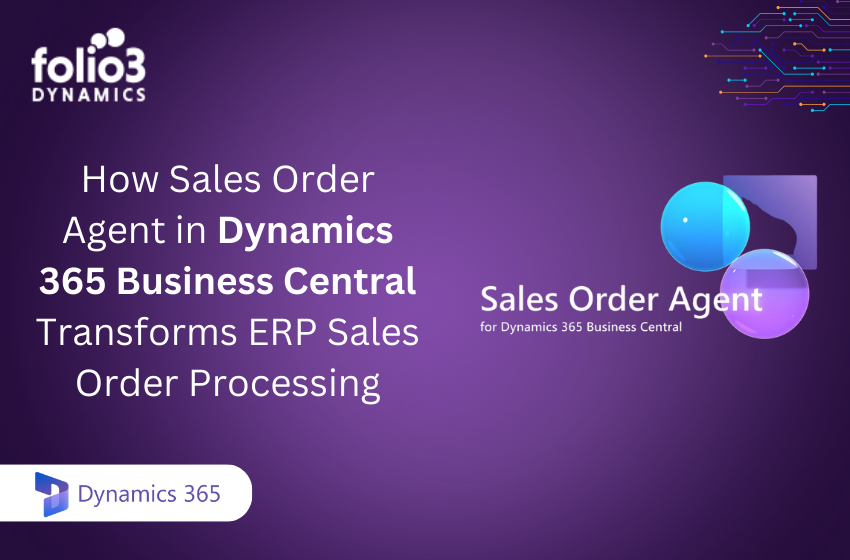The food and beverage industries demand appropriate manufacturing and processing techniques. Consumers also expect products to always be fresh, free from contaminants, and safe for consumption. This is why the food and beverages industries have turned to Lean Manufacturing Tools.
This article will help you understand what Lean manufacturing tools are and how using such tools has improved overall productivity and created a cleaner environment for food and beverage production.
Overview
The food and beverage industries are one of the major industries right now. The food industry is vast and serves millions of people yearly, more than any other industry does. The complex industry doesn’t include only one industry. Rather it includes:
- Agriculture – includes livestock, crops, and seafood
- Manufacturing – includes farm and processing equipment, supplies, and construction of facilities
- Food processing – manufacturing and preparation of food for markets
- Food distribution – manages transportation and storage of food
- Foodservice – provision of fast food, restaurants, catering, etc.
- Retail markets – grocery stores, farmers’ markets, etc.
The food and beverage industries have a very complex nature. Since it has the largest consumer base, the food industry is supposed to keep up with trends, like producing gluten-free and organic products.
To add to the already difficult-to-handle situation, consumers have set very high expectations with products. They want products to be fresh and safe to consume.
To face these challenges, the food and beverage industry has started making wise use of lean manufacturing tools.
Tools like Value Stream Mapping (VSM), Just-In-Time (JIT), and 5S have made it easy to keep pace with the demands of consumers as well as improve quality.
These Lean Manufacturing tools can eliminate waste in the manufacturing process and maximize efficiency. Doing so would create greater profits and satisfaction for the end customer.
Lean Manufacturing Tools
VSM
VSM (Value Stream Mapping) is a visual lean tool that assists organizations in optimizing manufacturing and production. Using this tool, you can interpret your current process, highlight situations, and develop complete solutions to serve your customers.
This is done by highlighting the relationship between all aspects of the process. Next, you need to identify problems like waste, defects, and so on. The visual map makes it easier to discover problems and improve as they are implemented.
VSM can make the requirements of consumers clear to the manufacturing facilities. VSM can identify the time it would take to package a product.
JIT
Just-In-Time (JIT) develops a pull system where the factory immediately delivers the product once ordered. This helps them make sure they carry less inventory and do not overproduce.
Once an order comes in, the product can be quickly withdrawn from the holding tank. It is then packaged, and the process becomes very quick.
5S System
The 5S system is often appointed as the first tool a company uses. It has five powerful steps, which are implemented sequentially:
- Sort — remove nonessential items from the workplace. For example, if an area is established for storing ready-to-eat foods, remove any raw meats or any other material from the area. This can help to reduce contamination.
- Set in Order—organize the workplace based on how work is completed. Make sure to keep the gloves and other supplies where workers need them. Place hand-washing stations in easy-to-access locations.
- Shine— clean your facility and equipment to revive them. This brings the equipment to its original condition. You may need to pay special attention to areas where organisms like bacteria may grow.
- Standardize— enhance your methods and techniques. This can make things run consistently and efficiently. Make sure that equipment is changed regularly or when required. This can decrease cross-contamination and make food safety part of each procedure.
- Sustain— Repeat every step daily to guarantee that your facility remains clean and efficient.
Benefits of Lean Manufacturing Tools in Food and Beverages Production
Lower costs
Lean manufacturing tools significantly improve the performance of the industry. The improved performance will result in lower expenses for the industry. This could be beneficial for the consumers as well because your prices are now lower.
This will help you to gain more sales.
Better yields
Lean manufacturing tools help you to gain better control over the manufacturing strategy. These better controls in the factory will result in better yields and less waste. This, too, would result in higher profit margins for the business.
Machines in your factory do not break as much as they used to. This will produce less waste.
Workers get paid for their work because food and beverages arrive on time. You do not have to deal with whole consignments getting rejected. Rejection may be because the consignments came late or there was a quality fault in the food products.
Improved systems
Now that the food industries have started using Lean manufacturing tools, systems have improved. Required changes can be made more quickly. This will make your food industry work quicker to react to demands from your customers timely. This, in turn, will improve the reputation of your factory and ultimately bring more business your way.
Better working environment
Using Lean manufacturing tools will make your factory a better place to work. Everything will be more organized and efficient. It will be easier to get things done for the workers and a tidier and safer workplace.
Eliminating Contamination
Another benefit of lean manufacturing is that it helps eliminate contamination in the food and beverage industry. Contamination can come from many places, and the following steps can be taken to avoid that:
- Cleaning the Food Storage
- Sanitation of tools, equipment, preparation surfaces, and the overall facility
- Keeping an eye on the food preparation process — How food is made, as well as other factors like hand-washing and wearing gloves have a big impact on food safety.
- Packaging – Some foods and beverages are sensitive to light, while others are sensitive to heat. If food items are not stored appropriately, they may develop bacteria or spoil.
The food and beverage industries have expanded significantly in the past few years. With the increasing demands of customers worldwide, it has become important for such industries to make wise use of Lean Manufacturing Tools. These tools not only increase the productivity of the industry but also benefits the customers and the workers working in such industries.


